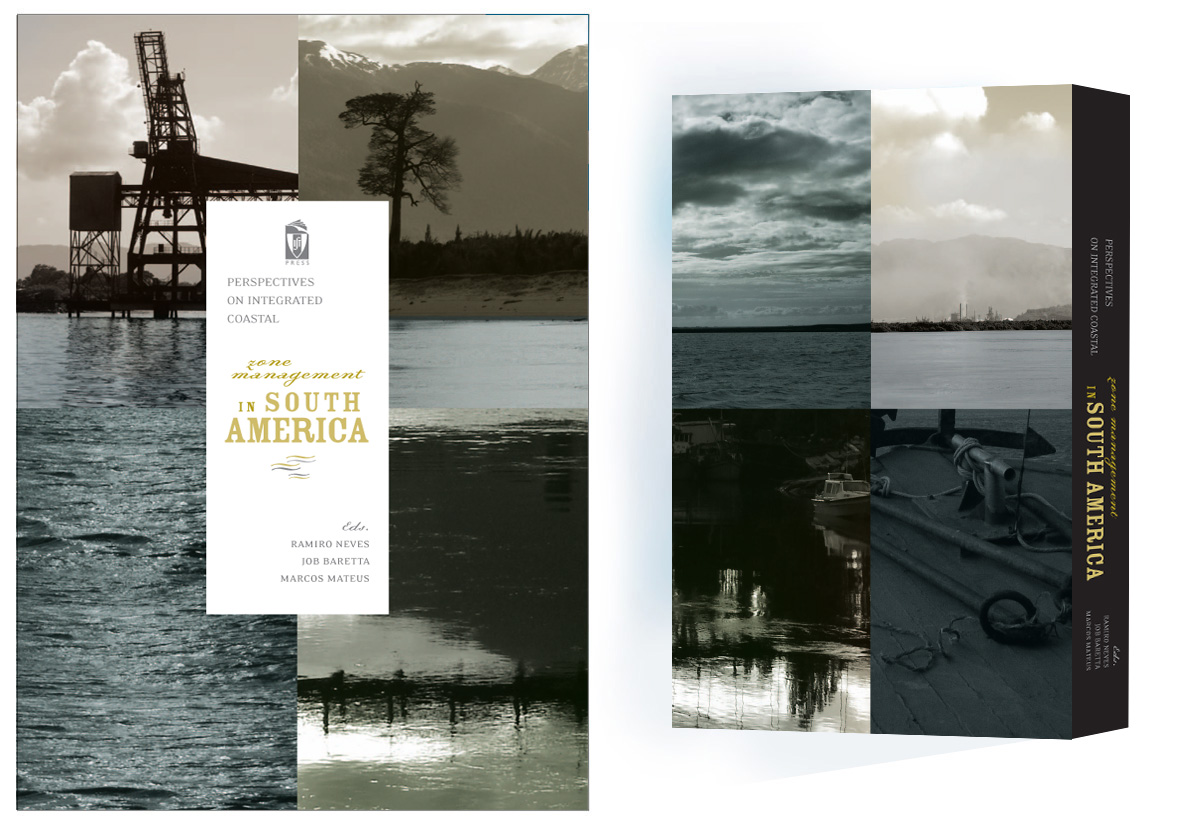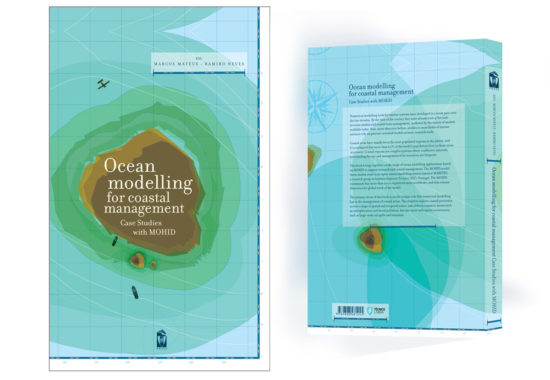PERSPECTIVES ON INTEGRATED COASTAL ZONE MANAGEMENT IN SOUTH AMERICA
O preço original era: €45,43.€40,88O preço atual é: €40,88.
From a human history perspective, the intrinsic characteristics of estuaries have made them preferable sites of occupation and, consequently, intense areas of development. A direct consequence of human occupation of these coastal areas is that estuaries rank among the environments most affected by human presence and activities. The fast expansion of socio-economic activities on coastal and estuarine areas over the last decades, such as tourism, nature conservation, coastal fisheries and industrial and urban development has expanded and complicated the management tasks. (…)
Descrição
From a human history perspective, the intrinsic characteristics of estuaries have made them preferable sites of occupation and, consequently, intense areas of development. A direct consequence of the human occupation of these coastal areas is that estuaries rank among the environments most affected by human presence and activities. The fast expansion of socio-economic activities on coastal and estuarine areas over the last decades, such as tourism, nature conservation, coastal fisheries and industrial and urban development has expanded and complicated the management tasks. In recent years, there has been a growing concern to maintain steady growth in economic activities and social development in estuarine areas, while preserving their natural features and ecological services.
Given the acceptance by governments of the goal of sustainable development, a more sustainable coastal management strategy requires a more interdisciplinary and integrated management process. There are no easy answers to the question of what is best for a particular system from a resource’s management point of view. It is the task of scientists from different disciplines to present as complete a picture as possible to those who make decisions. The ECOMANAGE (Integrated Ecological Coastal Zone Management System) project described here, funded by the European Commission’s Sixth Framework Programme (contract n.º INCO-CT-2004-003715), aims to provide coastal authorities with the knowledge and tools for such an integrated management approach. The common goal was to work towards a social and environmental sustainable estuarine system management in three distinct transitional water systems in South America: Santos Estuary in Brazil, Bahía Blanca Estuary in Argentina and Fjord Aysén in Chile. Besides their geographical location, these coastal systems cover a wide spectrum of management challenges because they vary significantly in their ecological state and human pressures, in a gradient that goes from a more pristine state of Fjord Aysén, to the heavily occupied and degraded system in Santos Estuary.
The South American continent is endowed with a unique and valuable marine heritage, which enclose several of the world’s largest and most productive estuaries. The accelerated development in most Latin American countries is posing demanding challenges in the management of natural resources, especially in coastal areas. Integrated coastal management approaches are required, combining all aspects of the human, physical and biological aspects of the coastal zone within a single management framework. Integrated coastal management is presented here as a broad, multi-purpose endeavour aimed at improving the quality of life of communities dependent on estuarine resources and helping local decision-maker attaining sustainable development of estuarine areas, from the headwaters of coastal watersheds to the outer marine areas. The work presented in this volume is a step in that direction. Hopefully, the knowledge, experience, tools and results presented here will be used in other places with similar conflicting uses of natural resources.
Interdisciplinary and integration was the major thrust of ECOMANAGE. The project was originally assembled from scientifically promising and socially relevant research fields, with physical modelling and eutrophication as the core. The social sciences, human ecology and management-oriented subjects were included to provide the project with the integrative principle. The work developed during the project formed the knowledge pool for this book. The volume is a collection of writings selected on the basis of novelty, relevance in a water resource management framework, and insightfulness. Contributions have also been included in order to survey the strengths and limitations of a range of existing coastal zone management practices operating in different local environmental and socio-economic contexts. The core message that is highlighted is that the management challenges posed are complex and multifaceted, encompassing physical forcing, natural hazard and variability and vulnerability, together with socio-cultural vulnerability problems.
Being the result of a multidisciplinary scientific endeavour, the book will have an audience that ranges across a wide spectrum of environmental and social disciplines. The book should be of interest to anyone working in the field of ICZM (Integrated Coastal Zone Management), from scientists to decision-makers. Dealing with examples from South America, the book has a strong local interest. However, the kind of approach developed in the project and portrayed in the book enables this work to be used as a benchmark for scientists working worldwide in related areas or facing the same challenges.
The book addresses coastal zone management in an integrative way, with a particular focus on water resources. As such, we hope it will be of interest for scientists working in fields such as aquatic ecology, ecohydrology, groundwater, marine sciences in general, water quality, coastal zone management, etc. In addition, the strong component of the modelling approach will target the modelling community, from ecosystem to groundwater modellers.



